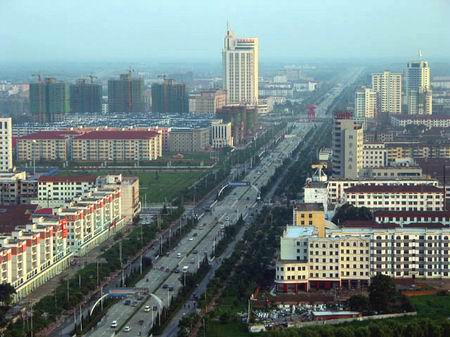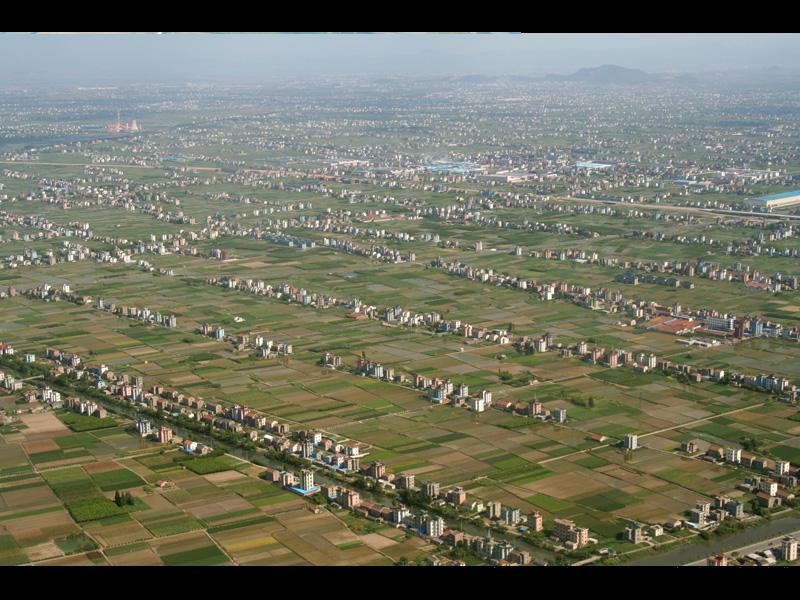2007/03/22
old problem about mirrors
Why do left and right flip but top and bottom do not in a mirror?
After all, the plane of mirroring is neutral to all directions parallel to the plane.
Why do left and right flip but top and bottom do not in a mirror?
After all, the plane of mirroring is neutral to all directions parallel to the plane.
 …because “its odor is best described as pig-shit, turpentine and onions, garnished with a gym sock. It can be smelled from yards away. Despite its great local popularity, the raw fruit is forbidden from some establishments such as hotels, subways and airports, including public transportation in Southeast Asia.”
…because “its odor is best described as pig-shit, turpentine and onions, garnished with a gym sock. It can be smelled from yards away. Despite its great local popularity, the raw fruit is forbidden from some establishments such as hotels, subways and airports, including public transportation in Southeast Asia.”
But apparently it tastes good, much like stinky tofu. Hmm…
There are large cities. There are really large cities. Then there are Asian cities — those are the ones with three circles on the map. The largest US cities by population are NY and LA, about 8M and 4M, respectively. The rest don’t even crack the world’s top-50 list. Seattle and Boston, for example, are 0.6M each, about the size of Chinese county-level townships with names I haven’t even heard of such as: Baoji, Anqing, Zhumadian. Here’s Zhumadian in Henan Province. Population 0.57M, 186th on the list of the largest Chinese cities.
 The problem is, China is still only about 40% urbanized (up from about 10% in 1949 and 20% in 1980), and there is a long way to go. Let’s keep in mind that just to get to 50% (a 10% increase) means adding the entire population of Japan to cities, and getting to 70% means adding the entire population of the US. This will take a few decades, and some will come from building new cities or new modes of living. There will be a significant rural population for generations.
The problem is, China is still only about 40% urbanized (up from about 10% in 1949 and 20% in 1980), and there is a long way to go. Let’s keep in mind that just to get to 50% (a 10% increase) means adding the entire population of Japan to cities, and getting to 70% means adding the entire population of the US. This will take a few decades, and some will come from building new cities or new modes of living. There will be a significant rural population for generations.
On the plains of northern, eastern, and southern China, satellite maps show there is not an inch of land that is not under utilization. Surely population density isn’t as high in rural areas as in cities, relatively speaking, but this is what you get when land is a scarce resource — family plots are only so large, there is no hundred-acre homesteading here, just a unique way toward modern life.

(Rural China. Note: this is not a city, just houses that individual families built for themselves near the land they farm.)
… is a stupid idea. Yes, daylight is nice to have, but then go to work from 7 to 4 instead of 8 to 5. The only reason to change the clocks instead of changing schedules is because changing schedules (and habits in general) is hard. So we must pretend 7AM is 8AM. In fact, as long as artificial lighting exists, having a non-symmetric waking schedule will always be the norm, I argue. If daylight savings time existed year-round, people would start going to work at 9AM, and end up with no savings of daylight at all. Why don’t I break all my light bulbs and start getting up at 4AM and going to bed at 8PM. That maximizes daylight usage not to mention you see both sunrise and sunset. Sounds good to me. Why doesn’t everybody do that?
China Forming Fund to Invest Reserves
Friday March 9, 2:24 pm ET
By Joe Mcdonald, AP Business Writer
Here’s an excerpt
The growth in China’s reserves is driven by the rapid growth of its exports, which brings in dollars, euros and other foreign currency, and by the billions of investment dollars being poured into the country.
The surge in money flooding in from abroad forces the central bank to drain billions of dollars from the economy every month by selling bonds in order to reduce inflationary pressures.
The precise composition of China’s foreign currency reserves is a secret. But economists believe that as much as 75 percent is believed to be in U.S. dollar-denominated instruments, mostly Treasuries, with the rest in euros and a small amount in yen.
Stephen Green, chief economist at Standard Chartered Bank in Shanghai, calculated that last year the central bank made a $29 billion profit on its Treasury holdings after paying interest on its own bonds and other expenses.
But even that represents a return of less than 3 percent on the $1 trillion in holdings.
By contrast, Singapore’s Temasek says it has averaged an 18 percent annual return since it was created in 1974.
When a country sells more than it buys, and when other people make investment (gives the country a loan), the excess money ends up parked somewhere, in this case, at the central bank. According to this article, the central bank takes this money and invests it in US Treasury Bonds, but is looking for other investments. But it also mentions, as a separate matter, the central bank sells its own bonds (denominated in RMB, presumably) to absorb excess RMB. But the selling of bonds is not much different from offering a time deposit account, so all that the central bank does is to encourage more savings in it. The intention to remove excess money means the government has determined that the economy can’t bear any more production/investments so that investments should be made to external projects. But it’s strange that the central bank can pay its bonds and still get 3% additional return on behalf of the depositors (which it keeps). Why wouldn’t people just invest in US Treasury Bonds or whatever other external investments themselves? Is it due to the non-convertibility of the RMB? Or is it something else?
In fact, why does any country end up with a huge reserve, even ones with convertible currencies? Some reserve for safety is understandable, but a huge reserve must mean that its people just like to save save save. But why do they like to save? It must be because they have low risk tolerance as individuals — that makes them seek out the government as an investment fund? If so, then it only makes sense for the central bank to leverage its large funds to make risky but diversified investments to give its depositors a high return at a still tolerable risk. In that case, it makes sense that China is making adjustments to its reserves investment policy away from the completely safe US Treasuries, ahead of any further loosening of RMB convertibility. That way, when convertibility arrives, the reserves will be competitive enough to remain large enough for the government to still have its monetary levers on the economy.
In contrast, the US sells less than it buys. But the US Federal Reserve is still awash in money. It gets money from the rest of the world well in excess of what would be the usual investments in the US economy, due to the status of the dollar as the world’s preferred reserve currency. So even with large deficits and lack of savings, the Federal Reserve still can do what it needs to do — and this includes handing out cheap loans to the US government and banks (and indirectly, consumers). Nice.
Buy 16 Happy Meals, each time get a toy from a set of 8. What is the probability that the whole set is collected?
(Read the article)
So that’s what those gibberish Asian tattoos are supposed to be!
Somebody thought this chopstick font BS was the “table” for the letters of the Latin alphabet in characters? Goodness. For a completely arbitrary table, there is not even a bother to make it complete. The letters V, W are missing. I wonder what they get substituted with.
There is an observant comment in the linked article noting that the “font table” just has pieces of characters from martial arts terms.